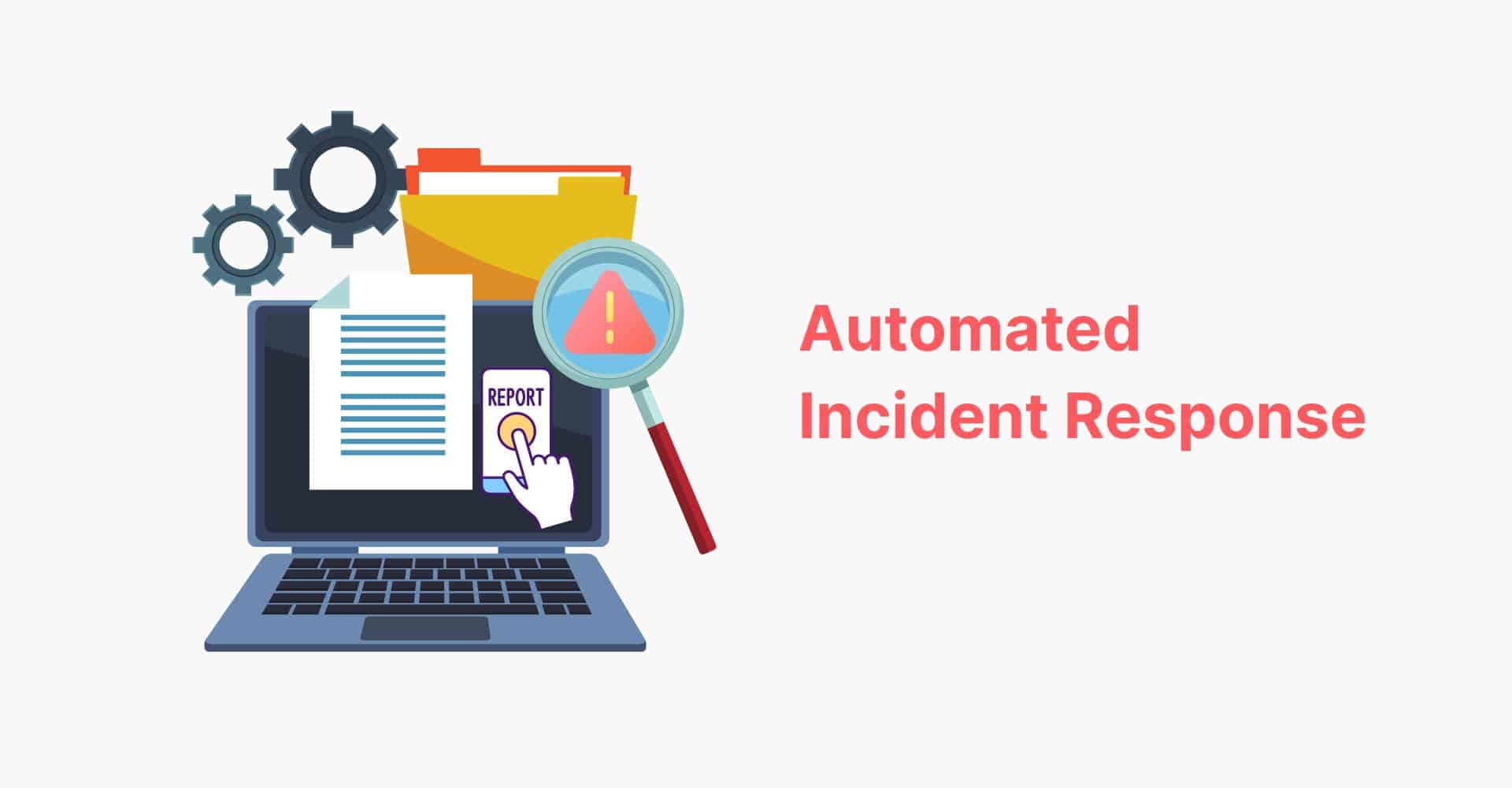In today’s digital landscape, the security of our information is critical, especially with the constant threat of cyberattacks. Automated incident response is an effective weapon in this ongoing battle, dramatically enhancing businesses’ ability to identify, analyse, and mitigate security issues rapidly. Businesses can use modern technologies such as machine learning, artificial intelligence, and orchestration tools to not only respond to problems in real time, but also identify future dangers before they escalate.
Is Automated Incident Response the Future of Cybersecurity?
In today’s world, where threats change quickly, the old way of responding to incidents doesn’t always work. Manual processes can be time-consuming, prone to errors, and unable to keep pace with the speed and sophistication of modern cyberattacks. In contrast, automated incident response offers a glimpse into the future of cybersecurity, where organisations can leverage technology to enhance their defence mechanisms and adapt to emerging threats in real-time.
How Can Automation Speed Up Incident Detection and Mitigation?
One of the most significant advantages of automated incident response is its ability to accelerate the detection and mitigation of security incidents. By automating repetitive tasks and leveraging machine learning algorithms, organisations can analyse vast amounts of data in a fraction of the time it would take a human analyst.
a scenario where a large e-commerce company experiences a sudden surge in unusual transactions on its platform. Without automated incident response, it might take hours or even days for the security team to detect and address the issue manually. However, with automated incident response tools in place, the system can quickly identify the anomalous activity, flag it as a potential security threat, and take immediate action to mitigate the risk.
What Are the Key Technologies Driving Automated Incident Response?
Key technologies like Endpoint Detection and Response (EDR) features play a vital role in automated incident response. These tools monitor endpoints such as computers and mobile devices for signs of suspicious behaviour, enabling organisations to proactively identify and neutralise threats. Machine learning and artificial intelligence algorithms also improve the ability to find threats by finding patterns and outliers in data. Meanwhile, orchestration tools make it easier to handle incidents by automatically coordinating security measures across the whole organisation.
Why is Proactive Threat Identification Crucial for Modern Organisations?
Proactive threat identification is another crucial aspect of automated incident response. Instead of waiting for a security breach to occur, organisations can use automated tools to continuously monitor their networks for potential threats and vulnerabilities. By staying one step ahead of cyber attackers, businesses can strengthen their defences and prevent costly data breaches.
What Are the Real-World Benefits of Automated Incident Response?
The benefits of automated incident response extend far beyond faster response times and improved incident analysis. By automating routine tasks and leveraging advanced technologies, organisations can reduce human error, enhance their overall security posture, and improve their ability to withstand cyberattacks. Automated incident response not only enables organisations to respond more effectively to security incidents but also authorises them to proactively identify and mitigate threats, ultimately strengthening their cyber resilience in an age of persistent cyber threats.








